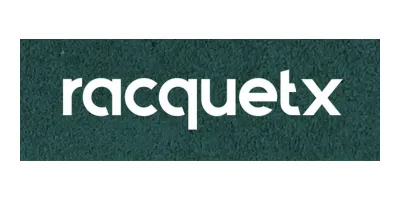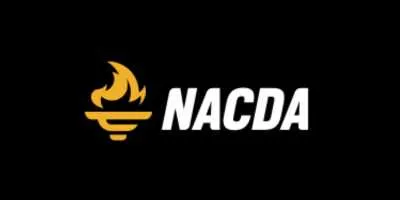Home » Artificial Turf Field » Pros and Cons of Installing an Artificial Turf Sports Field
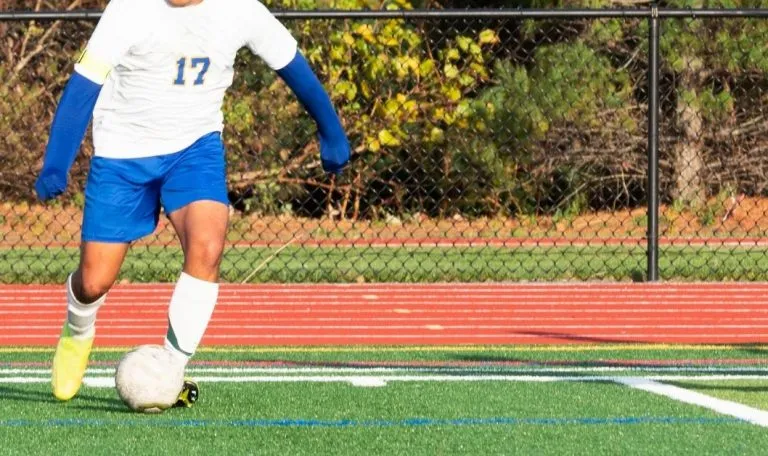
The battle lines over whether to build an artificial sports field or a natural grass field often come down to your office and operations staff vs. the playing staff. The people who pay the bills and do the work will speak in favor of synthetic turf, while the people who get to actually play on the field will usually advocate for natural grass. But we think we can persuade that latter group to come to the turf side.
Lower Costs, Less Maintenance, More Games with Artificial Turf
Artificial turf fields have a higher up-front cost than natural grass, but pays for itself over the life of the field. Artificial fields require a lot less maintenance than natural surfaces: no mowing, no watering, no weeding, no fertilizer and pesticide. That saves a lot of money in equipment, resources like water and fuel, and manpower. Turf fields will need to be cleaned, brushed and have the infill granules replenished periodically, but those are far less intensive tasks than routine grass maintenance.
The low-maintenance nature of turf also means you’ll get more up-time out of it than you would with grass. Grass fields can only handle so much activity in a day or week before they start to look more like dirt fields. Turf, on the other hand, will look as good at the end of a week-long tournament as it did at the beginning.
Artificial Turf vs. Grass: Impact of Weather Conditions
Even if the field is not in regular use, turf outlasts natural grass. Artificial turf is almost entirely weather-resistant. Grass, being a part of nature, is completely at the mercy of the elements. Unless you’re in the sun belt, the grass will need annual restorative work as winter gives way to spring. Of course, if you are in the sun belt, you’ll be contending with the potential for hurricanes, droughts or other extreme weather events. Those will take a greater bite out of natural grass than turf.
However, we did say “almost entirely weather-resistant.” Artificial turf will only drain at the capacity of the installed drainage system. Below the surface are different layers of metal, plastic and gravel. These preclude rainwater and run-off from absorbing deep into the ground. As a result, an artificial turf field may have standing water longer than a natural field would.
Additionally, while natural grass anchors the dirt beneath it, artificial turf and the infill are separate components. Heavy rain and fast-moving run-off can wash a decent amount of the infill granules off a synthetic field, necessitating some maintenance work.
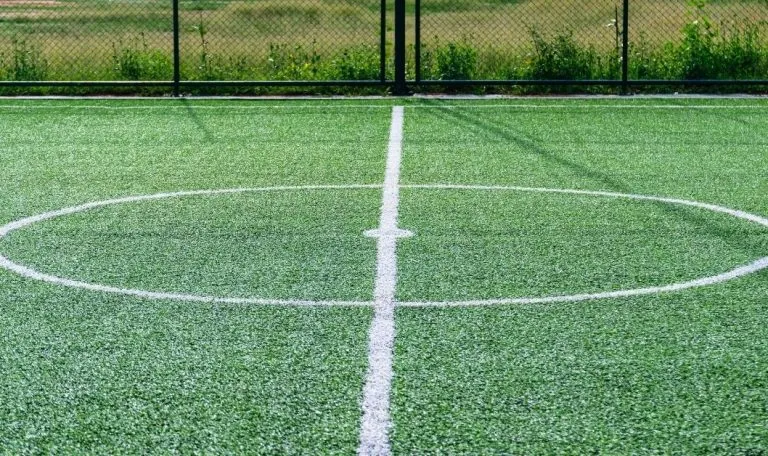
Keep the Field Green: Environmental Impact of Artificial Turf and Natural Grass Fields
While we’re talking about the elements, there’s also the environmental pros and cons of artificial surfaces.
Synthetic surfaces are plastics, so they are made from petroleum products. Of course, petroleum products also propel the lawnmowers your natural grass field needs. Natural grass fields use much more water throughout the year just to keep the grass alive and playable, so if water conservation is a concern in your area, a synthetic surface may have a smaller footprint.
And, increasingly, the plastics that go into sports turf are recycled plastics, further reducing the environmental impact and making your artificial turf even greener than before..
Not much of that will matter to the players and coaches using the field, though. They want the feel of natural grass and dirt beneath their feet. Some of that may just be in their heads, but it’s there, and they’ll make their opinions known.
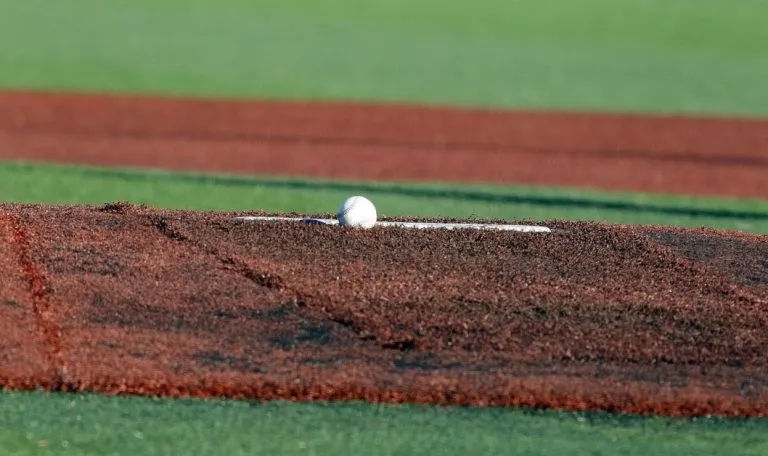
What to Tell Players and Coaches About Artificial Turf Fields
First, their opinions may be a bit out of date. Turf, like any other product or technology, is always being improved. The turf fields you’re thinking about installing probably are nothing like the turf fields that the coaching staff has such a low opinion of. The industry has been closing the gap between natural and artificial playing surfaces over the last decade. If it wasn’t completely unsafe and impractical, we’d wager many players and coaches wouldn’t be able to pass a blindfolded “taste test.”
Second, the romantic idea of a natural surface is a bit misplaced. What’s fun and enjoyable about a playing surface where the ball could take a wonky bounce off a rock, where a player could get his toe stuck in a divot while making a cut or where you never know if the grass is going to be short and fast or high enough that it slows down the ball? The “perfect” grass field costs a lot of time and money to maintain, and chances are none of the players using your fields have ever been on one.
Finally, there’s always the old appeal to authority. Many sports federations, such as soccer’s FIFA, have precise standards for certifiying artificial fields. The criteria they use is how closely the artificial surface mimics a natural surface. And, as an added bonus, they ensure the uniformity of the surface – something no one below the pro levels do on a natural surface.
These federations recognize the advantages of artificial surfaces, so they are establishing quality controls for them. This has happened in parallel with more top teams and institutions choosing artificial fields, lending synthetics more credibility.
Facility managers and planners will probably have more luck getting the players and coaches to sign on to a synthetic surface than convincing the money-and-maintenance staff to go along with a natural surface.



